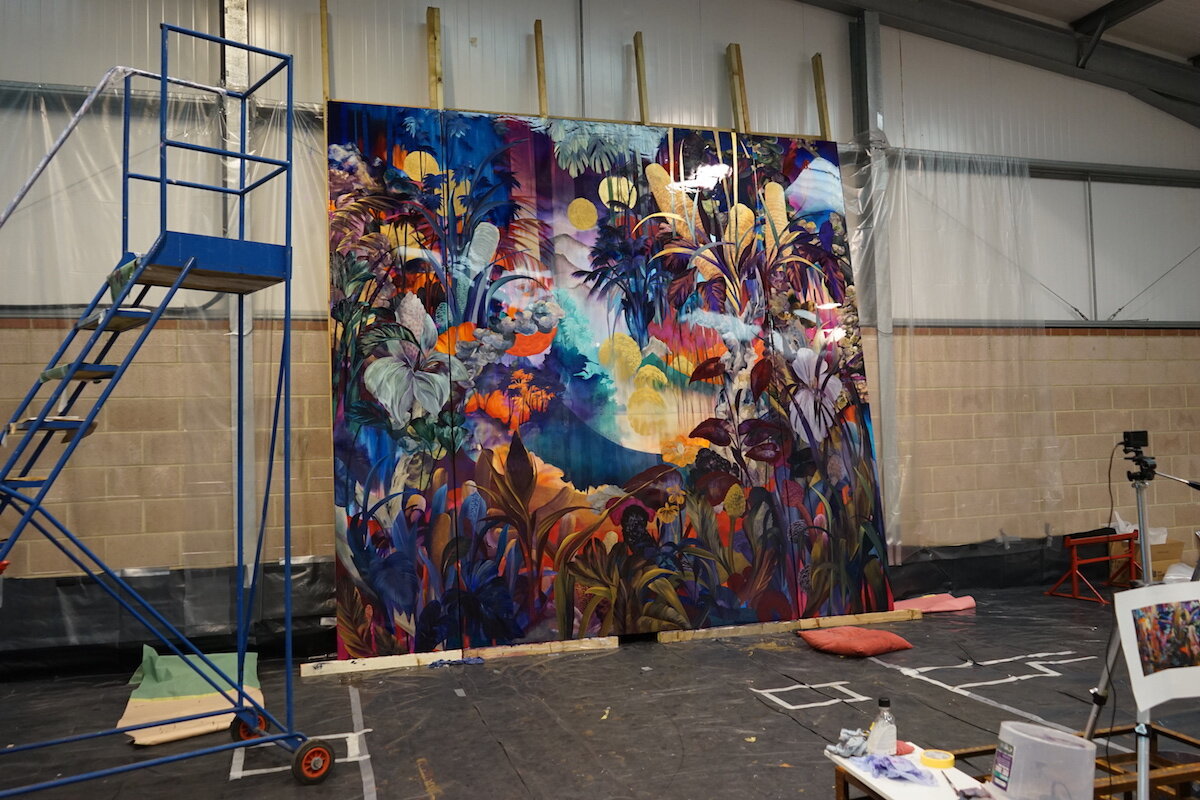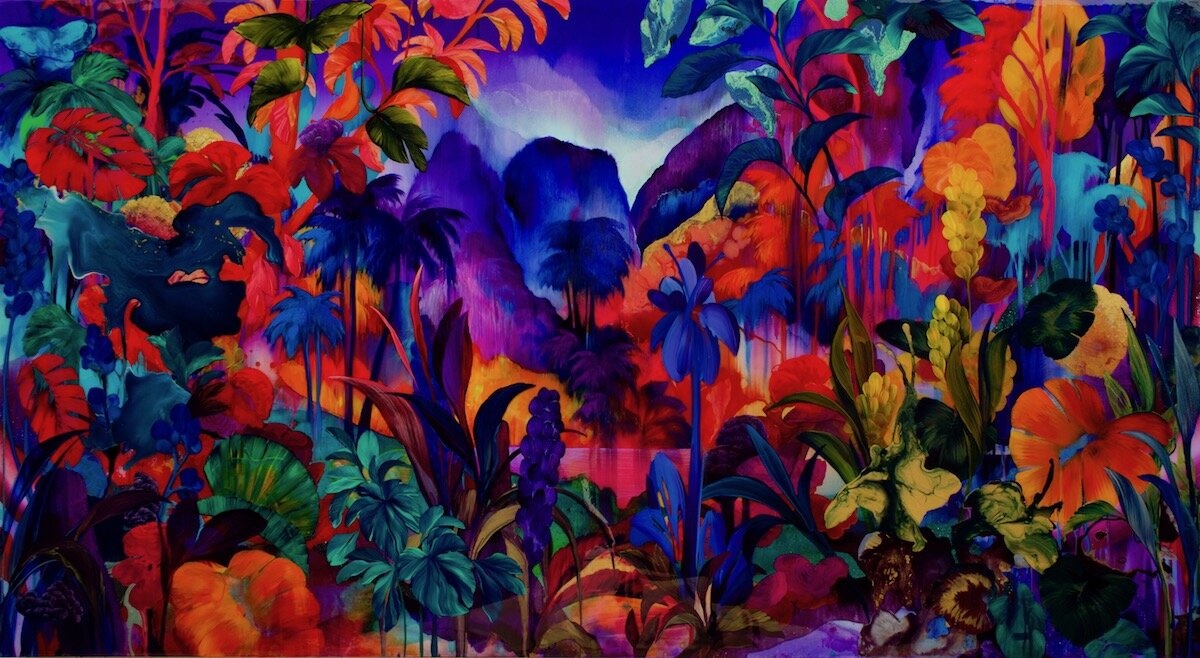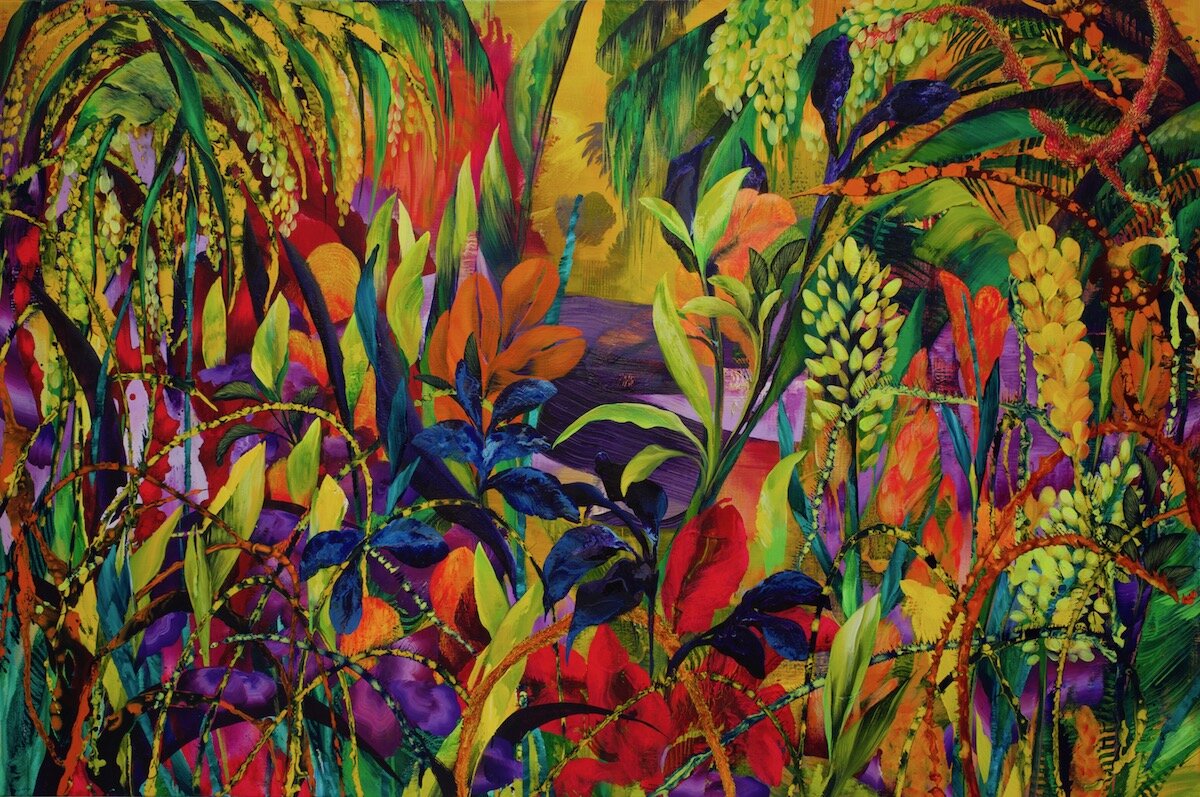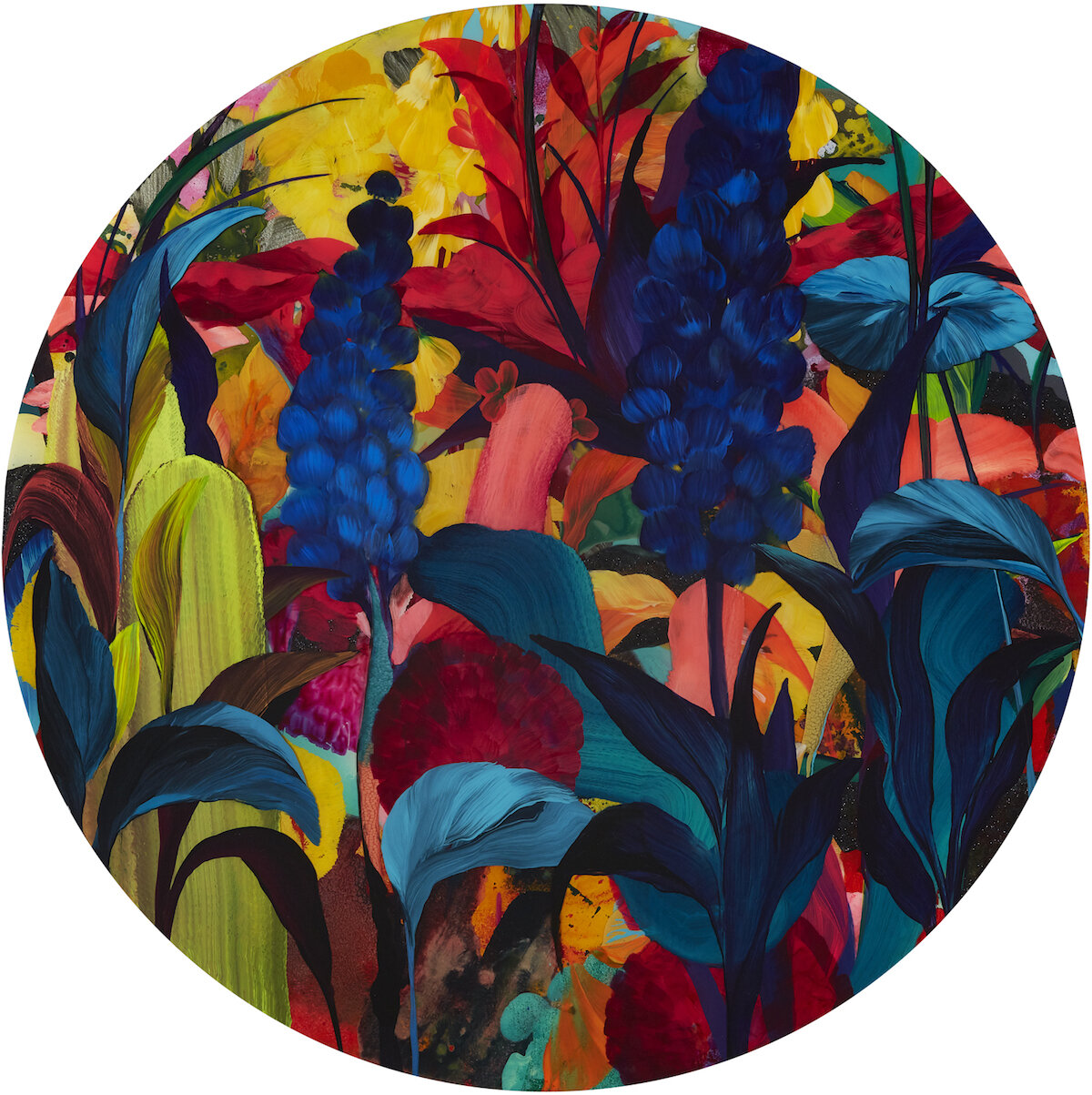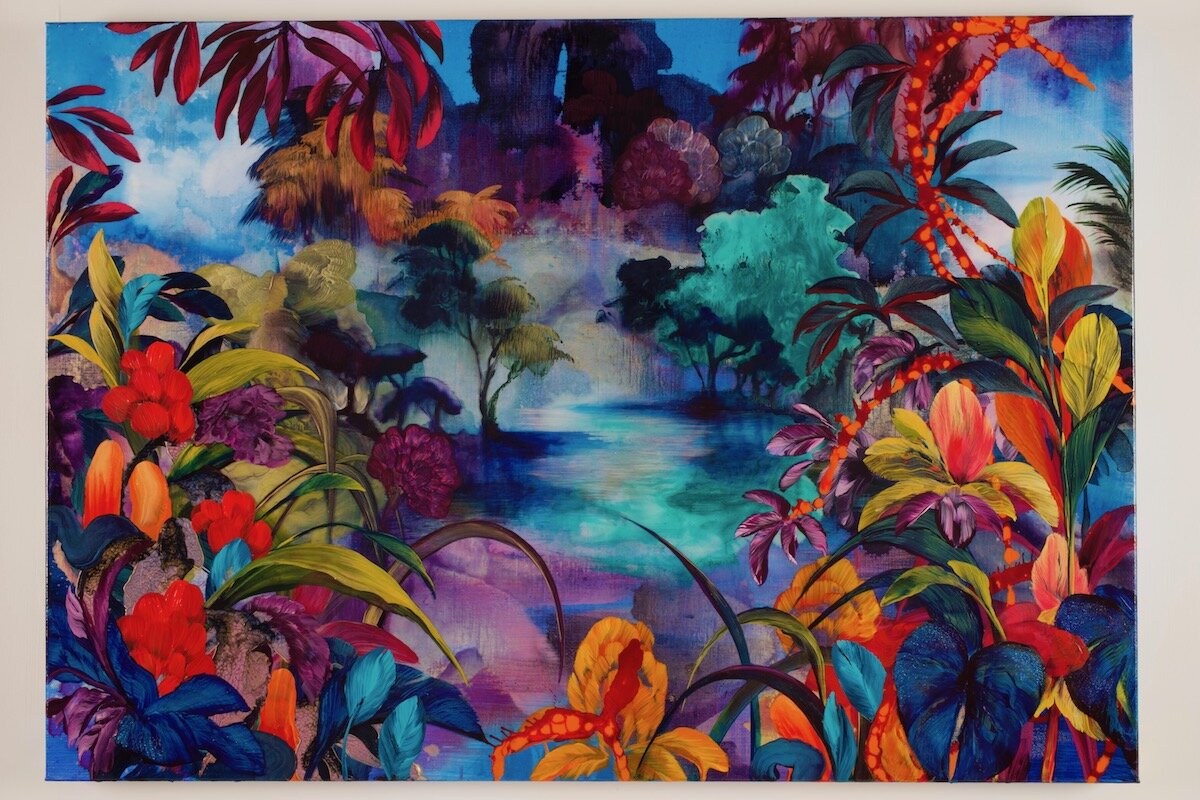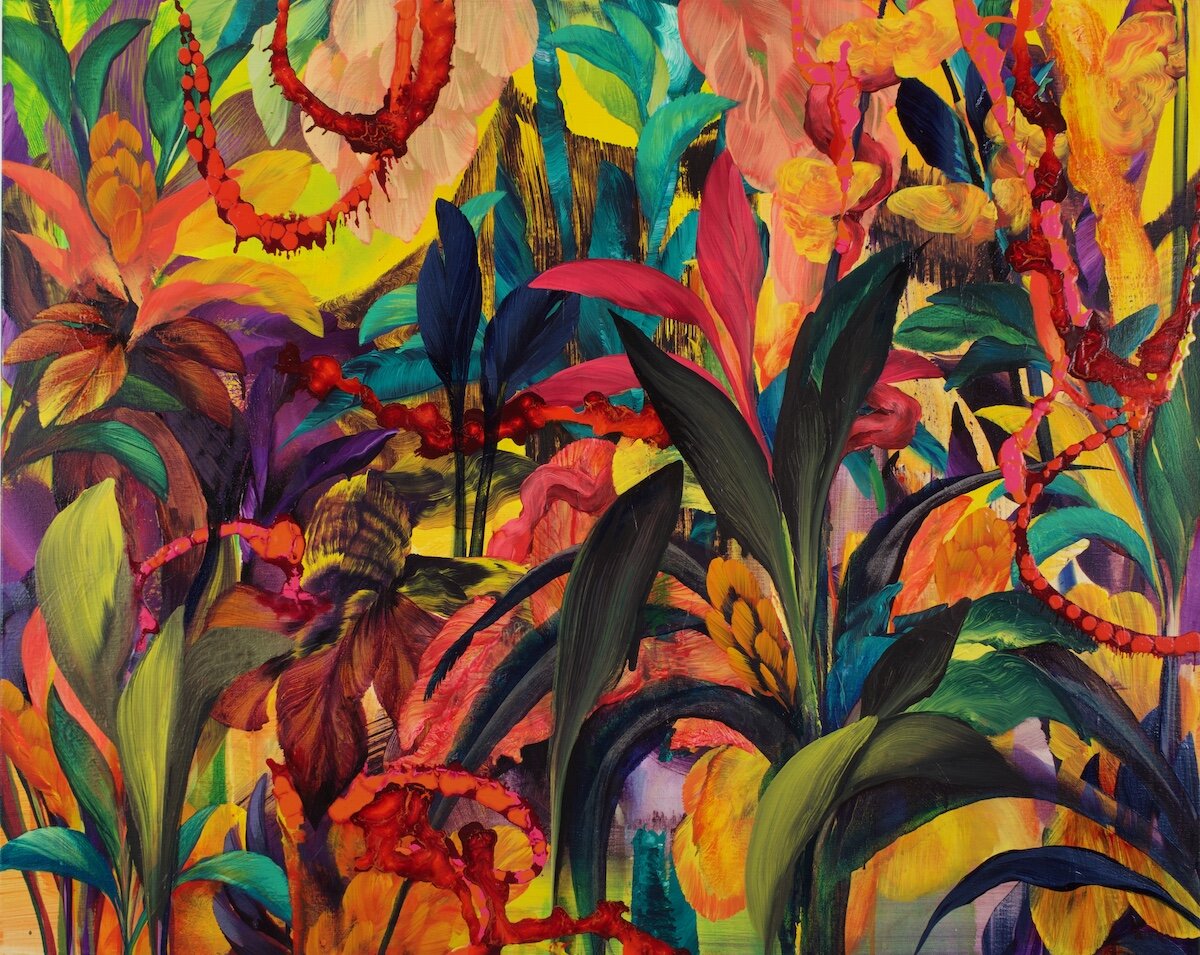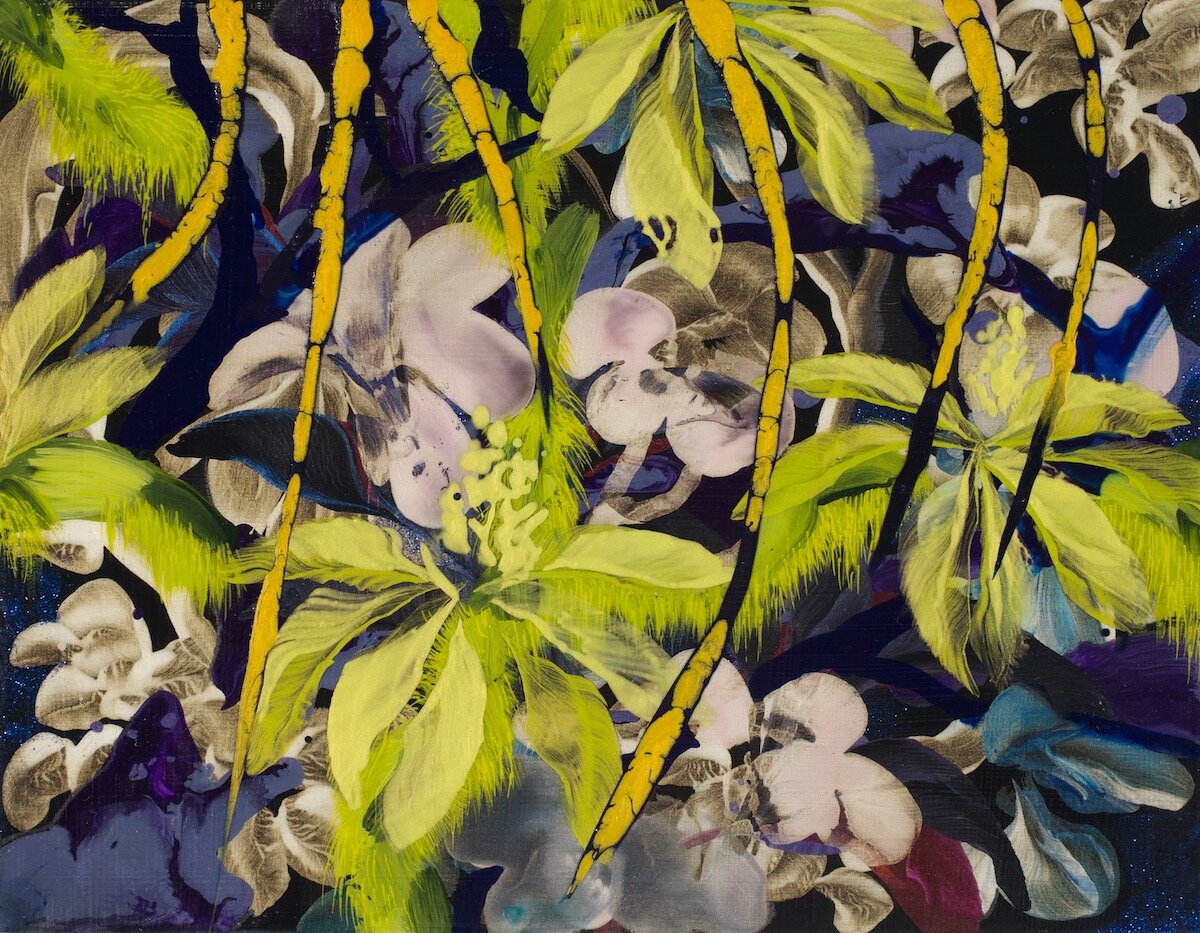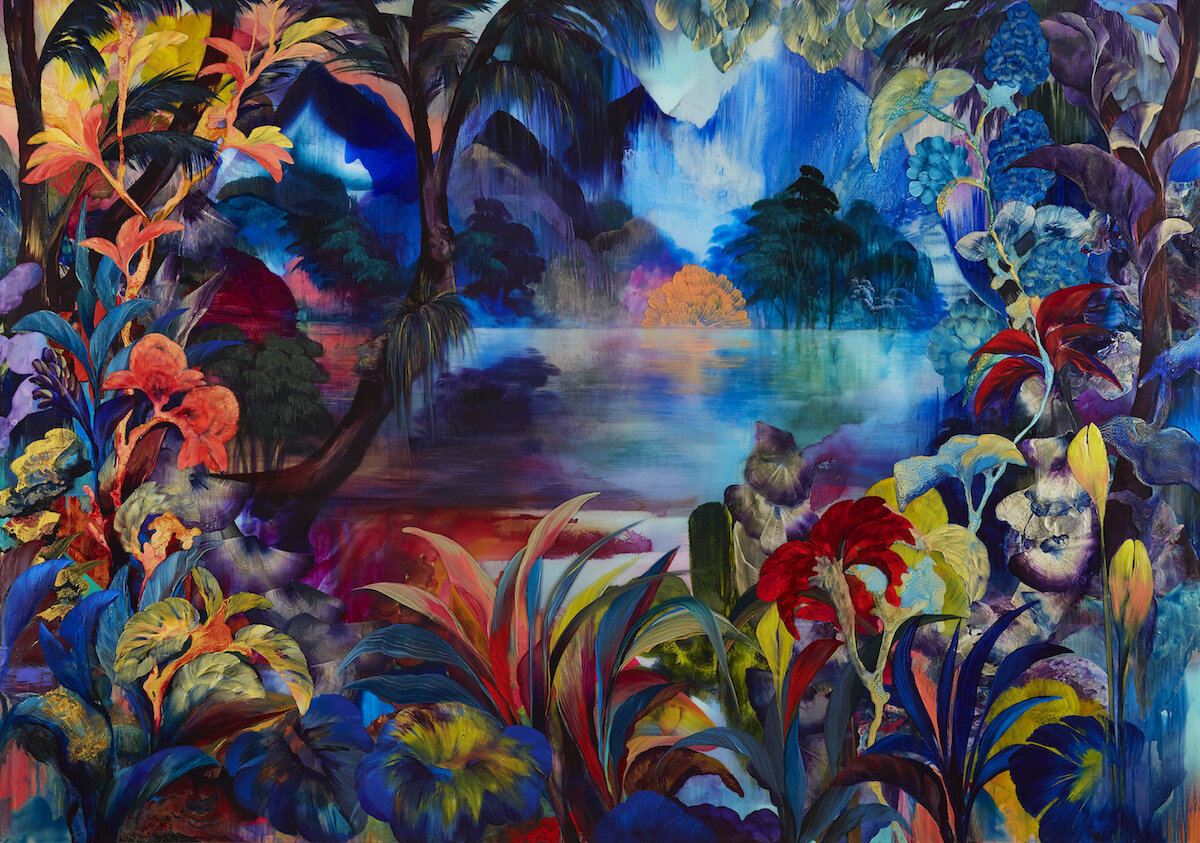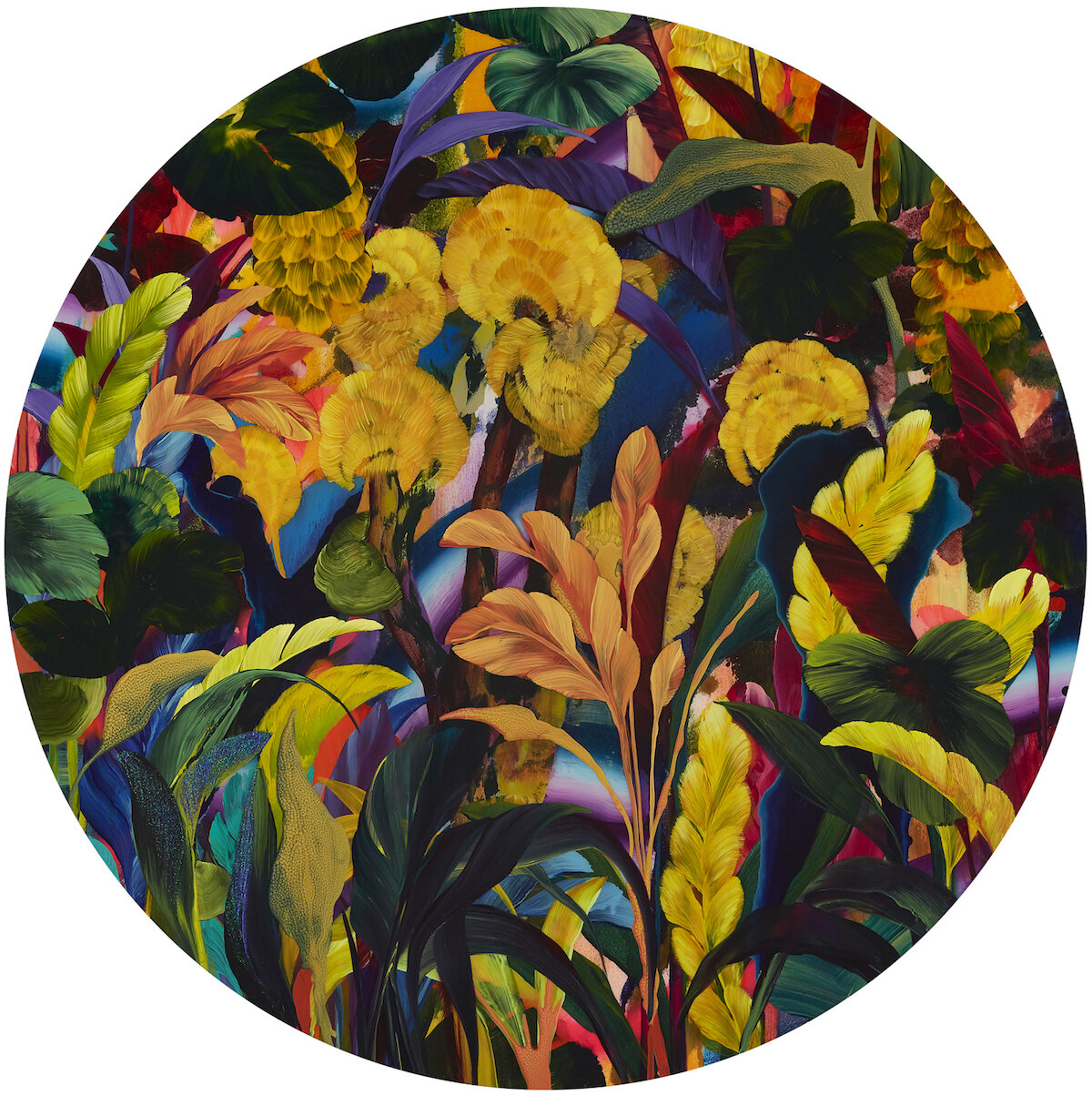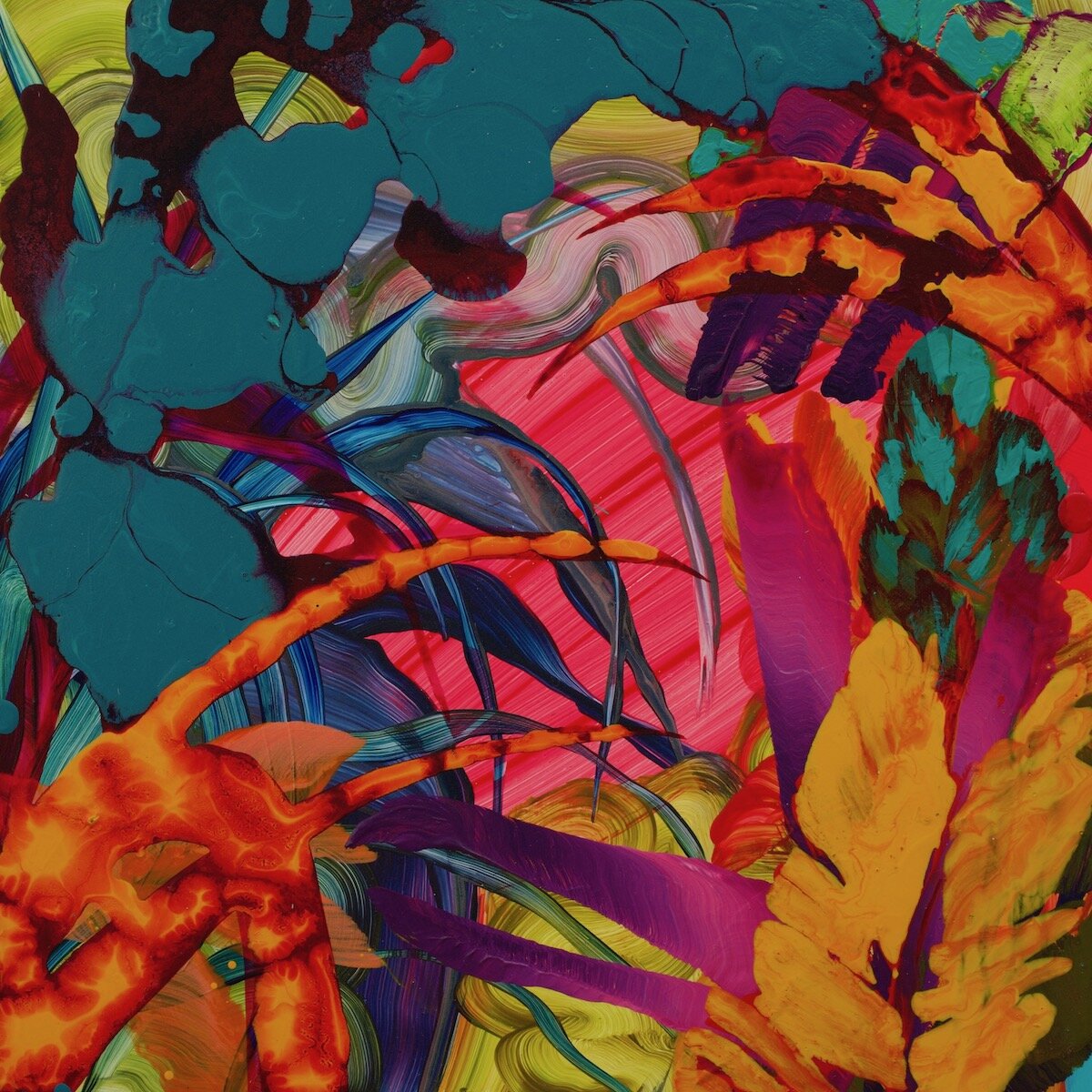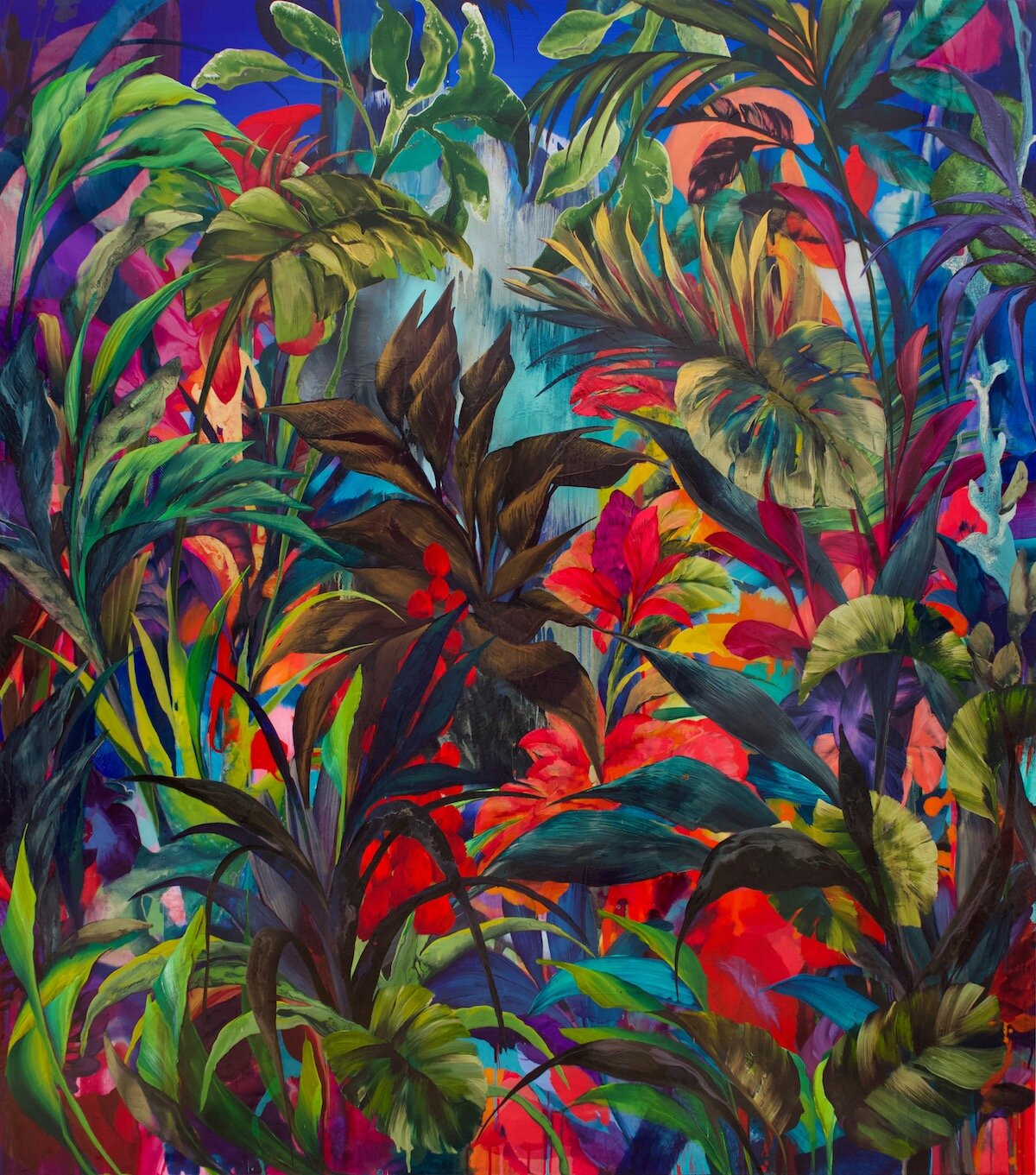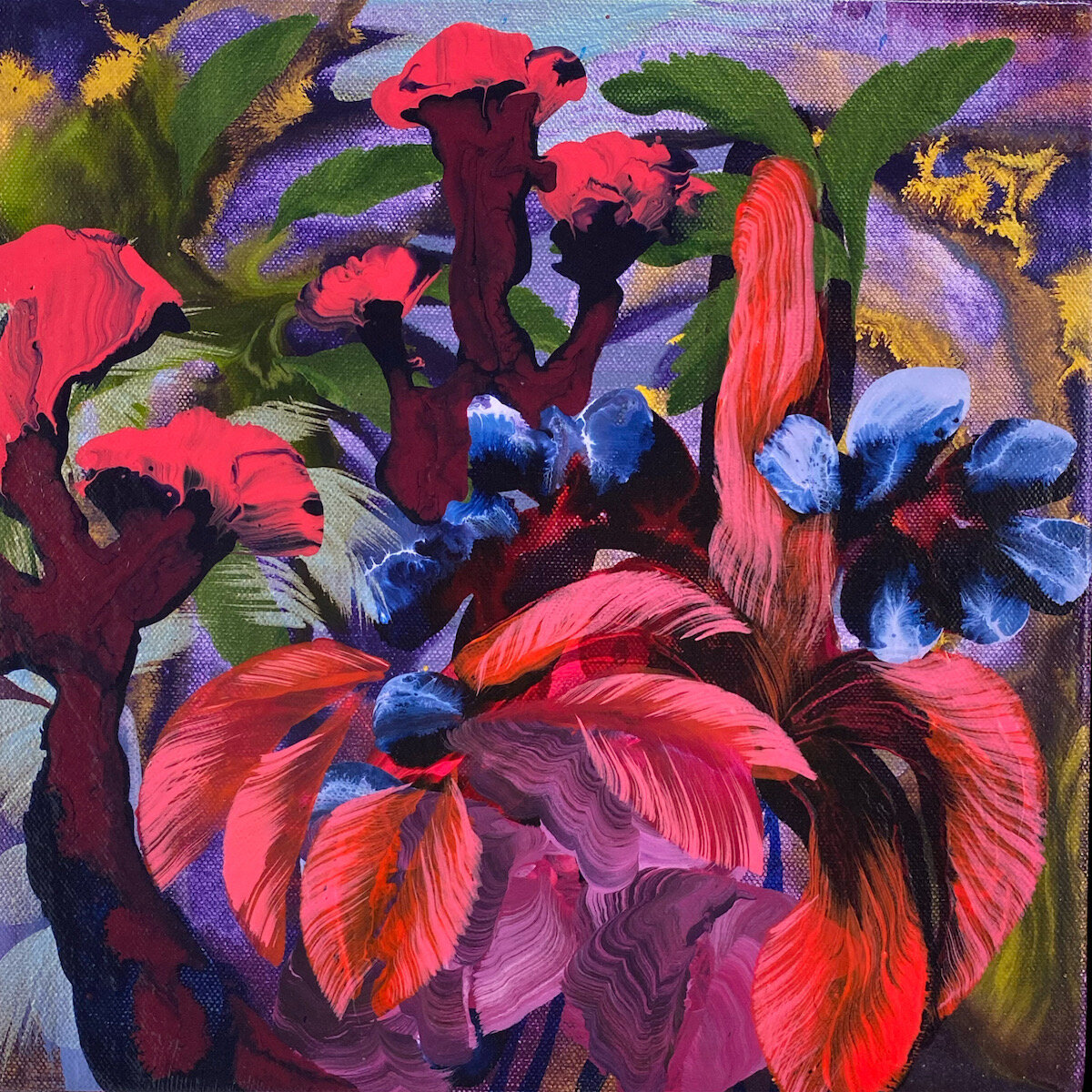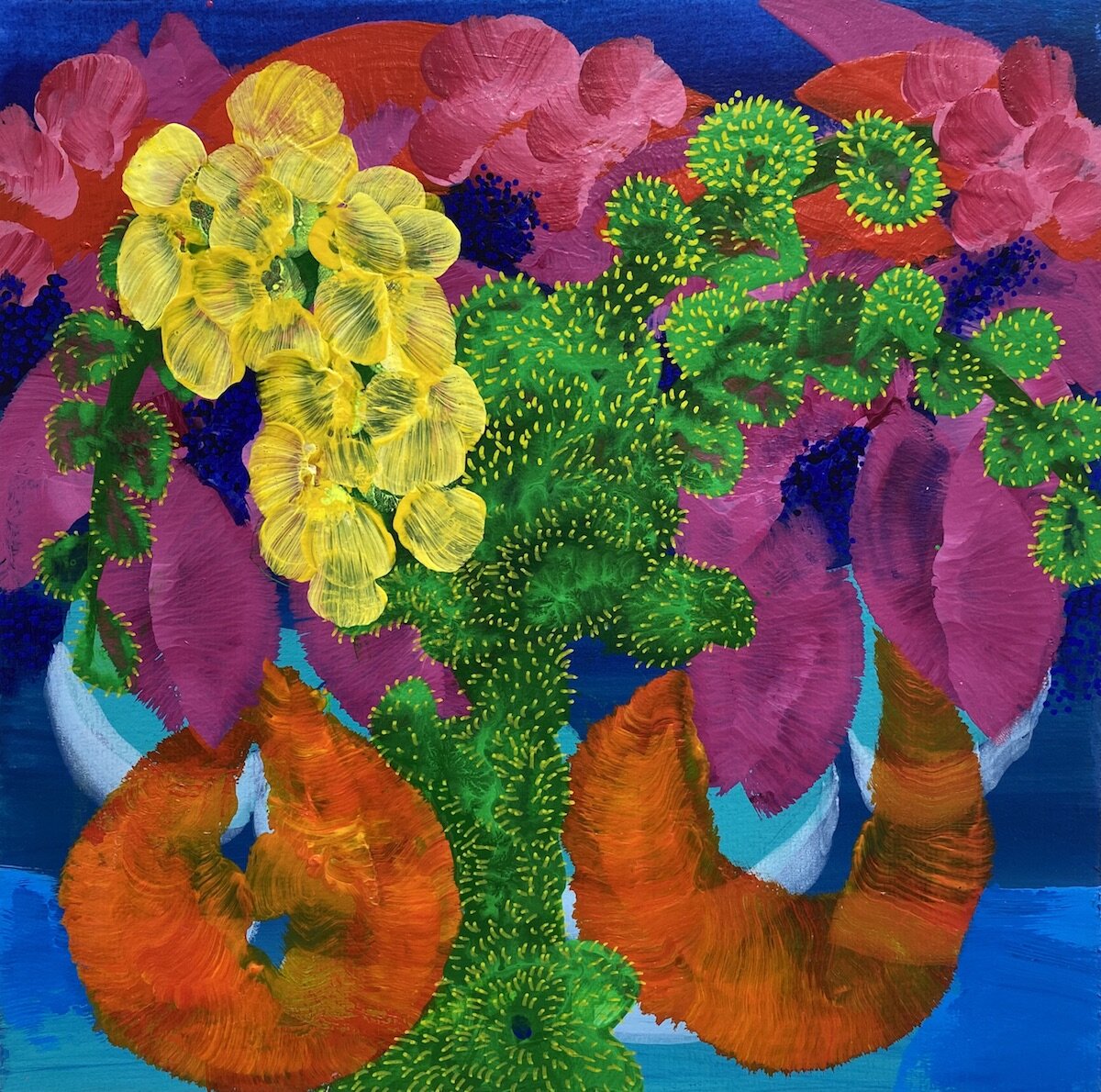Orlanda Broom
Orlanda Broom is a self-represented artist who regularly exhibits with galleries on invitation and works with international art advisors. She has been an artist since graduating in 1997 from Winchester School of Art, the MA course being based in Barcelona. Returning to UK from living aboard in 2008, she settled in London working as a full-time Artist, advancing her career. She moved again in 2017 and is now based in Hampshire.Orlanda’s paintings are often commissioned for large-scale works; these include a 4x4m lobby piece for the Four Seasons in Downtown New York. She has been highlighted as a highly investible UK artist in the Financial Times and Money Week and her paintings are regularly selected for competition exhibitions.
Could you tell us a little more about your background, and how did you begin creating art?
I did a Fine Art Degree followed by a Masters that was based in Barcelona and, being from the UK, this was my first experience living overseas. That sparked a love for new places and over the years I’ve travelled a bit and lived in Portugal for a long stretch. I ended up back in London in 2008 but moved a couple of years ago and now live an hour or so outside of London in relative countryside.
What does your art aim to say to the viewers?
I like to instil a sense of wonder and playfulness that will draw in the viewer… the environments I paint are seductively exotic, saturated with colour but the otherworldliness has the potential to feel claustrophobic and strange. These are uninhabited, wild places and through painting I aim to celebrate the beauty of landscape and plants. I think of them more and more as a vision of the future… where only plants exist and the planet has undergone change and regeneration. This is a bit bleak in terms of our own existence and longevity!
Thinking about how the paintings are viewed, I have to say that people respond differently; some see elements of darkness, some not at all… or they find a narrative that’s entirely subjective. I want the scope for different responses and contemplation… I like to keep it open in that way.
Do you have an essential philosophy that guides you in your creative expression?
In terms of making working, I try to make sure I am always exploring new techniques and not getting stuck in certain ways of creating. Generally speaking, I keep in mind to work hard and not take it for granted that I do something I love.
What art marketing activity do you put into practice regularly that works most successfully for you?
I try lots of different ways of getting my work out; entering competitions, renting billboard space (for example we have ArtBelow on the London underground network where you can take advertising space to show your work) or applying to those kinds of opportunities that are a bit more unusual. But Instagram has been the best way to get exposure and connect with people all over the world. For me there is a bit of wariness in putting everything online but Instagram art followers generally seem to be very positive and I get some really lovely comments when I post, it’s great.
Can you tell us about the process of creating your work? What is your daily routine when working?
I go to my studio 5 days a week, 10am-6pm… I keep a fairly rigid timetable and stay late if things are going well. I always have quite a few paintings on the go; I started using acrylic paint way back because it was practical and suited the way I worked, building up layers, things dry fast and you didn’t need a lot of space to leave paintings to dry. I still love acrylics and I like to have at least 3 large canvasses on the studio walls and several small ones which I work on at one time… so there’s often a natural grouping or series as a result. I like making my own paint, trying out different mediums and techniques so there’s quite a bit of mess and experimentation. I take my dog out in the middle of the day, my studio backs onto a large woodland and walking it has connected me to the seasonal changes and I find inspiration in the small details of things I pass year-round.
How much planning goes into each artwork?
Practically none… I work things out on the canvas. If it’s a big piece or it's a commission, that’s a bit different, but on the whole the process of working out on the canvas adds to the density of the paintings. I rely on marks or shapes that come out of the unplannable drips and drops or how the paint puddles, these form the basis of my compositions.
What’s the essential element in your art?
I’d have to say colour. There’s so much nuance even in a limited palette and I never tire of putting colours together.
In your opinion, what role does the artist have in society?
A short answer is that the role of an artist is to be responding to and expressing things in a creative, different way… hopefully inspiring others to see from a new perspective or take a moment to appreciate and think about whatever it is the artist is presenting. Without artist and the trickle-down effect of art into all areas of our lives, things would be very different… not in a good way!
Are there any projects you are currently working on and able to speak about?
At the moment we are just coming out of lockdown in the UK because of the pandemic. This period has been strange to say the least… I was lucky to have a couple of commissions lined up and I’ve been working on those. It's been great to have that to focus on and luckily I‘ve been able to continue working at my studio.
Website: https://orlandabroomartist.com
Instagram: https://www.instagram.com/orlandabroom/

